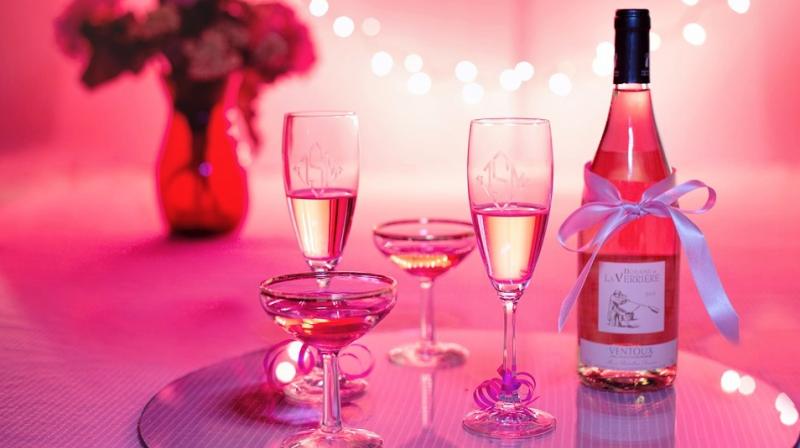Buy the right glassware to enhance your wine tasting experience

Only wine connoisseurs know the importance of glassware for different types of wines. People think that it is not worth investing in a unique shaped glass for each variety of wine, but others will vouch for the need for each specific shaped wine glasses.
Drinking wine is a highly sensory experience and it is, for a large part, dependant on the kind of glassware you use to drink the wine from. Choosing the right glass can noticeably enhance the aromas and overall tasting experience. Different flavour bouquets also become evident. "You can pick it up in the aroma and the texture of the wine," says Plumm ambassador and sommelier Matt Dunne. "It's true to how it should be."
The Royal Society of Chemistry did a video-imaging technique to demonstrate the influence of glass shape on ethanol distribution in wine. The study proved that glassware affects the aromas released which alter the overall taste of the wine.
While it is not feasible to own a set of each kind of glassware, it would be handy to have a few in your pantry for the ultimate wine tasting experience. Buy the kind which suits your favourite type of wine. Here is a guide to which glassware to buy for which type of wine, according to Homes to love.
White wine
For rich wines Chardonnay and some concentrated varieties of white wines, use a wide bowl glass. This allows optimal aeration. Aromatic white wines like Riesling and Moscato require smaller bowl to enhance their qualities.
Red wine
A full-bodied red wine needs a rounded bowl. The wider opening allows for greater surface area for aeration. This way, the wine can breathe and fully release its aroma and bouquet.
Sparkling wine
Sparkling wines are typically drunk in a flute-shaped glass which preserves the bubbles, its signature. The flute-shaped glass is ideal for dry wines like Brut. Tulip-shaped glasses with slightly wider bowls are perfect for more aromatic and fruity wines like Prosecco.
Other wine drinking tips revolve around use the rim of the glass wisely. A fine lip on a glass makes it easier to drink from and thus, less invasive in the tasting process. A flared lip on the glass directs the wine initially to the tip of the tongue. That’s the most sensitive part of the tongue, which is most receptive to sweetness.

